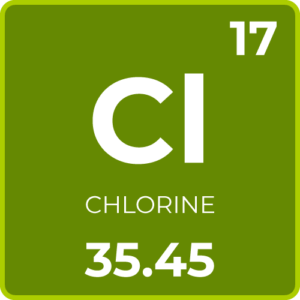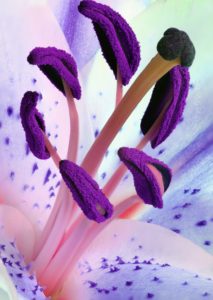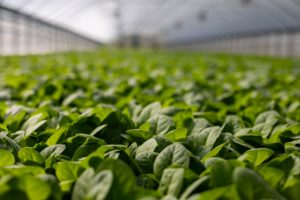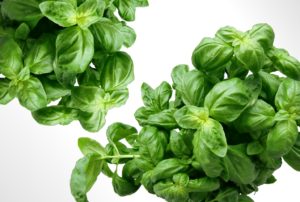If you hear chlorine and automatically think pool, you should know it’s important for plants too. In particular, it helps plants regulate their inner balance of fluid by assisting in transpiration. This takes place within the leaves, although chlorine is also important to the structure of leaves. Chlorine is also fairly unique as a micronutrient for plants in that it’s much easier to have an excess of it than a deficiency.

What Chlorine Does for Plants
Chlorine helps plants regulate their inner water levels, as well as other elements. It plays huge roles within the leaf that ultimately assist with photosynthesis and the plant’s equilibrium.
Major roles of chlorine:
- Helps keep firm leaf structure
- Aids photosynthesis
- Plays a role in opening and closing stomata
- Helps plants release elements as gases
- Aids transportation magnesium, calcium, and potassium within plant
- Enzyme activation
How Plants Get Chlorine
Chlorine can also be found in gas form as Cl₂, although plants can’t take it in when it’s a gas. In fact, plants use the ion form of this element (Cl⁻) known as chloride. When it’s in soil, chlorine naturally converts to its ionic form, typically by forming a salt called sodium chloride. However, there are a few salts plants can use.
Natural salts formed with chlorine:
- Sodium chloride (most common)
- Potassium chloride
- Calcium chloride
As we know, salts dissolve in water quite easily. The same goes for chlorine and its various compounds. As a result, it’s easy for plants to take in chlorine, whether they’re in soil, or growing in water culture.
Note: Most nutrient solutions already contain the proper amount of chlorine and other essential elements. If you’re growing in water culture (hydroponics), it’s important to be wary of the water you use to mix nutrient solution. Most tap water already contains chlorine. If you don’t use purified water, you’re increasing the level of chlorine above the ideal level. It’s a good idea to invest in a reverse osmosis system if you’re serious about growing.
Chlorine Deficiency and Toxicity
Plants won’t live long without chlorine, but it’s easy to give them too much. Even in nature, seeing chlorine deficiency isn’t common. However, when you do see signs of chlorine deficiency in plants, it stands out from other elements’ deficiency symptoms.
When plants have chlorine deficiency, you see a marked difference in damaged areas and the rest of the (still) healthy leaf. Here’s what to look for:
Signs of chlorine deficiency:
- Necrosis (tissue death)
- Chlorosis in blotchy, patchy areas
- Distinct difference between healthy and damaged areas
- Bronzed leaves (in severe cases)
- Possible wilting
Chlorine toxicity is more common than deficiency. In large part, that’s because of either chlorine in their water, or their environment (i.e. when they’re near a pool).
Signs of chlorine toxicity:
- Older leaves show symptoms first
- Necrosis along leaf edges
- Poorly developed leaves (smaller size)
- Stunted growth leading to smaller plants
- Possible chlorosis (depending on plant species)
- Leaf scorch
While chlorine toxicity is far more common than deficiency, that doesn’t mean it’s easier to diagnose. Many of these symptoms can also signal a deficiency from other nutrients, or toxicity from another element. Remember that chlorine also easily combines with other elements to form salts, and it can be even more difficult.
If you’re unsure whether your plants have chlorine toxicity, make sure you’re using the purest water possible. Alternatively, you can also have your water or nutrient solution tested to check for chlorine levels.
However, if your plants are lacking in chlorine, you should be able to diagnose it right off the bat. The blotchy chlorosis is unique to chlorine deficiency.



